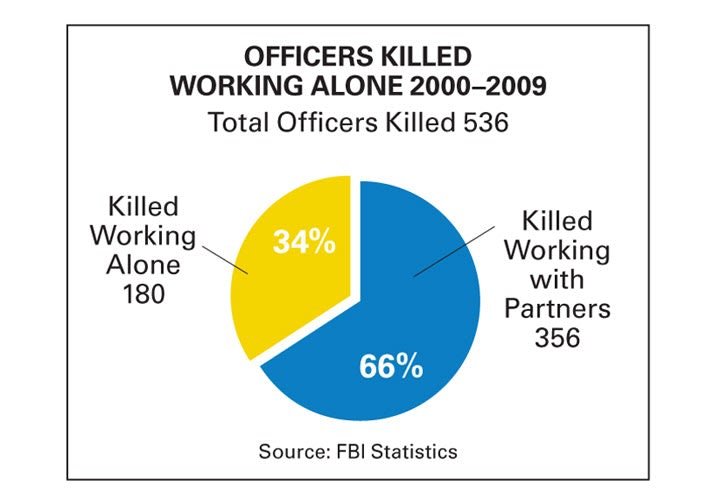Mortal Wounds
The FBI statistics for the last decade do not reveal any clear trends on shot placement by cop killers.
However, the vast majority of fatal wounds inflicted on officers appear to be head shots, 243 out of 490, nearly 50 percent. The reason that this is so is not readily clear. Head shots are generally more lethal than body shots, so it stands to reason that a large number of officers killed by firearms would be hit in the head.
Fortunately, there does not appear to be a growing trend among cop killers to aim for the head. In 2001, 34 officers were killed by head shots. This number dropped to 29 the next year, 19 in 2003, and 18 in 2008. In 2009, the last year measured, 23 officers were killed by head shots.
The prevalence of head wounds in the FBI statistics is clear, but cops are also still falling from chest wounds. In the last decade, 135 officers were killed by bullets to the chest, accounting for 28 percent of all fatal firearms wounds among officers.













